Have you ever been watching a baseball game and heard someone excitedly shout “PO”? Perhaps your interest was piqued, but all your efforts to decipher the mysterious acronym failed. If so, don’t worry—it isn’t as complicated as it seems! PO is an abbreviation used in MLB that stands for putout. Putouts are plays recorded by defensive players during which they record an out (i.e., make it impossible for the offensive team to score). In this blog post, we will discuss what exactly constitutes a putout in baseball and how its recording impacts scoring statistics.
What Does Po Stand For In Baseball?
PO stands for Put Out, which is when a fielder touches the ball and makes an out. In baseball, putouts are credited to defensive players who physically touch or catch a batted or thrown ball before it hits the ground and records an out. This includes catching a fly ball in the air, tagging a runner with the ball, catching a line drive and even getting to a ground ball before it reaches another fielder. Putouts can also be credited on fielder’s choices where no throw is made to another base.
Putouts also factor into team defensive statistics such as a team’s Defensive Efficiency Rating (DER) which is a measure of the number of outs made per plate appearance. Putouts are also one component of Earned Run Average (ERA), which measures on average how many runs a pitcher allows over 9 innings pitched.
Overall, Put Outs are an important statistic to consider when evaluating player performance on defense, as well as the overall effectiveness of a team’s defensive strategy. It can be used to help identify and address weaknesses in an individual player or team’s approach to defense so that they can continue to improve and compete. [1]
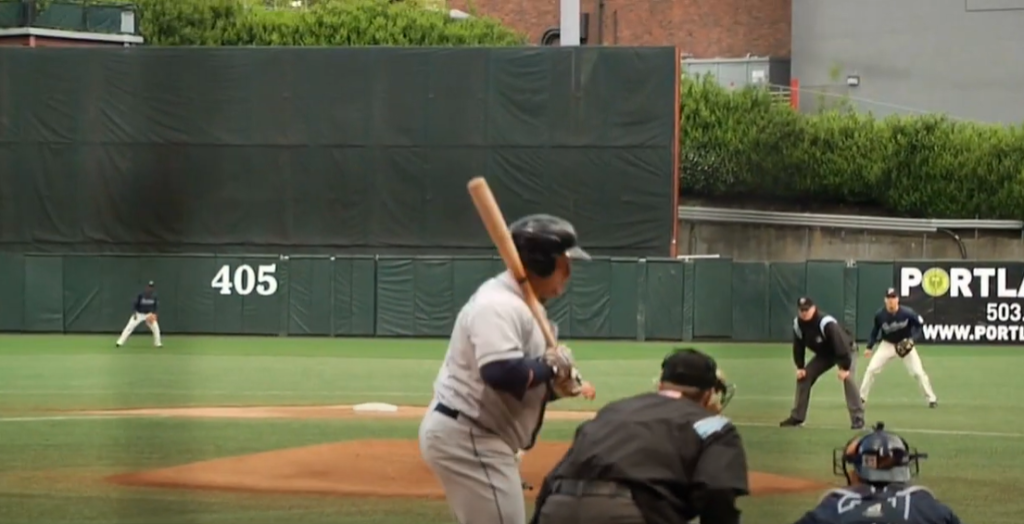
Who Gets The Putout (PO) Credit?
In baseball, a player is granted the credit for a putout (PO) when they record an out by either throwing to first base or tagging an opponent runner. More often than not, the fielder that takes on the responsibility of recording an out will ultimately be credited with a Put Out (PO).
The most common example of this would be with ground balls which are recorded as 6-3 putouts, meaning that the shortstop (6) threw to first base (3). In these cases, it is usually quite clear which player should receive the PO credit because they completed the action needed to make an out.
But there are also situations where two players may both have contributed to recording an out and it can be less clear who gets the PO credit. For instance, if a fielder throws to second base (the shortstop or 2nd baseman) and the ball is then thrown to first base for an out, both players were involved in recording the out. The official scorer must decide who actually completed the action of making the out and award them with the PO credit accordingly.
In these cases, it can be difficult to accurately assign a PO credit but it is an important part of scoring a baseball game accurately and fairly. In order to be credited with the PO credit, players need to have actively participated in recording an out – reaching for a catch, tagging a runner or throwing to another base.
Why Is A Putout (PO) Important?
A putout is an important statistic in baseball because it helps a team measure its defensive success. Putouts are credited to the fielder who records the out, so they can be seen as an indication of individual performance on defense. Additionally, a high number of putouts indicates that a team’s fielders are doing their job and helping the pitcher by quickly recording outs. This is especially important in close games where every out counts!
A high number of putouts also means that opposing teams have fewer chances to score runs off the defense, which makes for better overall pitching stats.
Putouts are therefore critical components of the game, and need to be taken into account when evaluating players and teams alike. Understanding what PO stands for in baseball can help coaches, players, and fans better appreciate the impact that a fielder’s putouts can have on a game. [2]
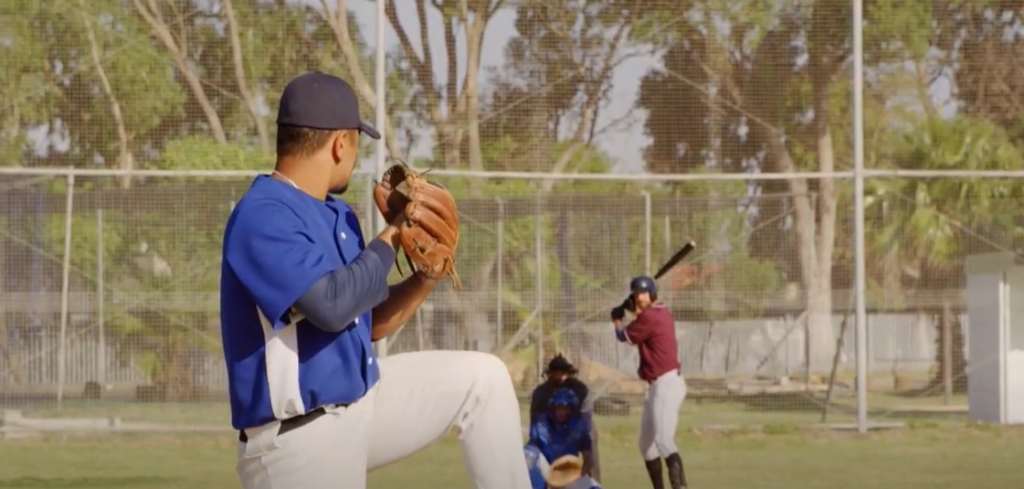
When Does A Player Become A Pitcher Only (PO)?
In baseball, a player becomes a Pitcher Only (PO) when he has made 20 or more pitching appearances in the preceding season and has no other fielding position. For example, if a pitcher appeared in 25 games in one season and did not take the field at any other positions, then they would be categorized as PO for that particular season. This designation is important to teams and players because it can influence their salaries. A team may choose to pay less for an established pitcher who only pitches but does not have any experience in another position.
In conclusion, a Pitcher Only (PO) in baseball is defined as a player who has made 20 or more appearances in one season and does not take the field at any other positions. Because of this designation, teams may be inclined to pay less for pitchers with limited experience while players have an incentive to strive towards achieving PO status. [3]
What Is An Assist In Baseball?
An assist in baseball is a statistic which is used to measure the performance of both fielders and pitchers. Fielders are credited with an assist when they put out or help put out a runner on the basepaths, usually by throwing the ball to another fielder to record an out. Pitchers can also be given an assist if they throw a pitch that helps induce a ground ball double-play, fly-out, or other kind of defensive play that records an out. Assists are not awarded for outs recorded by catchers on plays at home plate.
An assist is worth one point in Major League Baseball’s official scoring system and is typically denoted using the acronym ‘A’. The player who records the most assists in each game is often awarded with a ‘fielding star’, which is typically signified with an asterisk (*) next to their name in the box score.
Assists are also used in many fantasy baseball leagues, where they can be given additional weight for scoring purposes as a way of valuing players who make strong defensive plays. Assists are commonly seen as one of the best ways of measuring overall defensive performance and value, along with other metrics such as putouts and double plays.
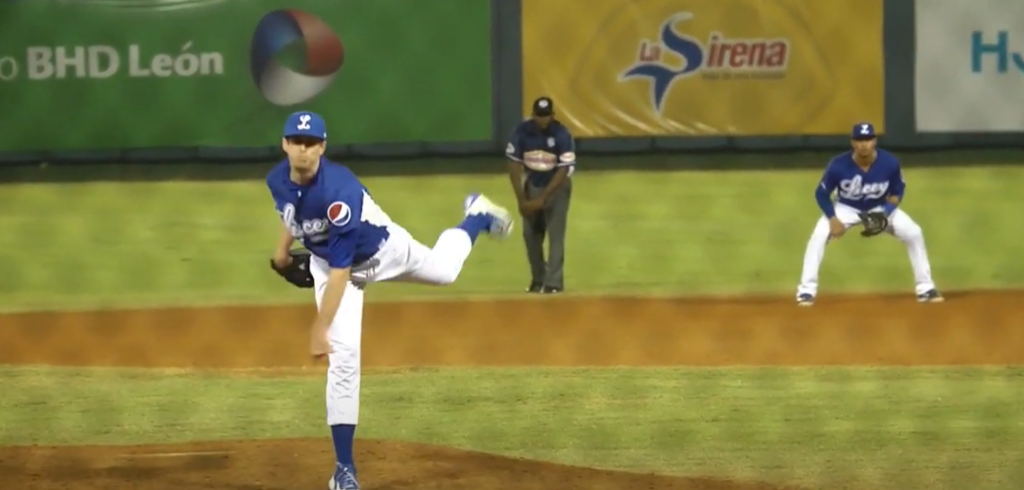
What Is The Difference Between A Putout And An Assist In Baseball?
In baseball, a putout is recorded when a fielder puts out an offensive player in any way other than with a tag. This includes catching a ball on the fly or tagging a runner to get them out. A fielder can also record putouts by handling grounders and throwing runners out.
An assist, on the other hand, is recorded by fielders who throw or relay the ball to another fielder for a putout. For example, if an outfielder throws the ball to the infielder who then tags out a runner trying to advance from second base, both players would be credited with an assist.
Putouts and assists are important defensive stats that help measure how effective fielders are at preventing runs from being scored. Every successful defensive play made by a fielder should be recorded as either a putout or an assist.
Putouts and assists are typically abbreviated to PO and A, respectively. When looking at the box scores in baseball, you can see how many putouts and assists each fielder has made during the game. These numbers help coaches and players analyze defensive performances of individual players over time. [4]
What Does A Force Out Mean In Baseball?
A force out in baseball is when an offensive player, such as a batter or runner, is forced to leave a base because of the defensive team’s play. This happens most commonly when there are fewer than two outs and a runner on first base tries to take second before the batter puts the ball in play. If the defensive team successfully throws the ball to second base before the runner gets there, then they have “forced him out” at that base. This is one of several ways that an out can be recorded during a game of baseball.
Moreover, It is also essential for players to understand that a forced out can only happen with fewer than two outs; if there are two outs, then no runners can be forced from a base by throwing the ball to another one. This means that if multiple offensive players try to take extra bases on any hit, they must touch all of them before the third out is completed in order for them all to count. Understanding how a force out works and when it applies will help you become a better player overall! [5]
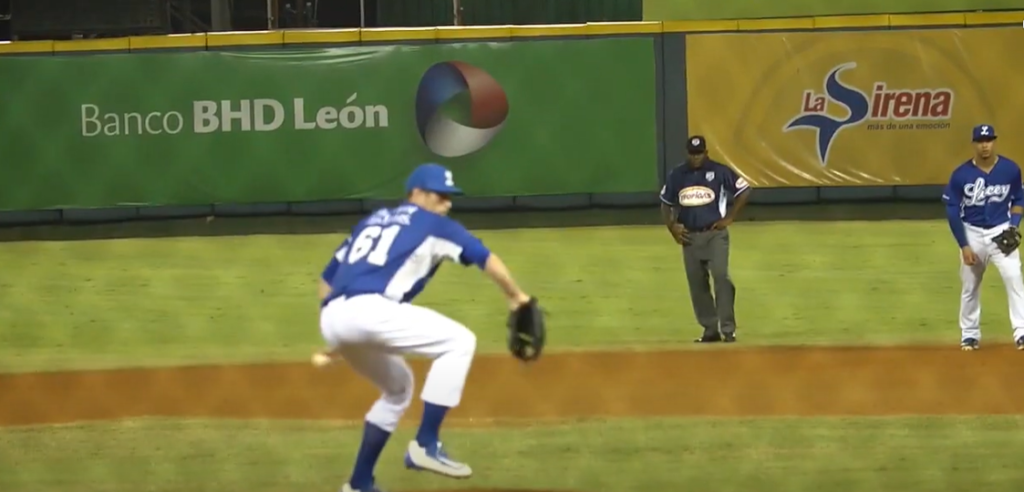
What Is An Unassisted Put Out?
An Unassisted Put Out (PO) is a statistic in baseball which means that the fielder was able to get an out without any help from another player. This could be done through catching a fly ball, tagging a runner, or forcing out at second base. While it isn’t as common for outfielders to record unassisted putouts as it is for infielders, they can still happen when the outfielder has enough time and range to make the play on their own. Most often, however, an outfielder has to rely on other players such as pitchers or infielders to finish off plays.
It’s easy to recognize an Unassisted Put Out in the box score because it will usually be followed by PO; for example: “Player 1 PO 2.” This means that Player 1 recorded an Unassisted Put Out on the second batter they faced in a game. There are also situations where an unassisted put out can be credited to multiple players, such as when a pitcher and infielder both tag runners attempting to steal base for two different outs. In this case, both players will be credited with an unassisted put out (PO2).
Unassisted putouts are important because they show the fielder’s ability to make plays without any help from other players. A fielder who is capable of recording several unassisted putouts in a single game is usually considered very reliable and trustworthy by their team and coaches.
What Is An Unassisted Double Play?
An unassisted double play, also known as a ‘PO’ in baseball lingo, is when one fielder completes two putouts without help from any other players. This is arguably the most impressive defensive feat in baseball and requires incredible skill and timing to pull off. An unassisted double play can be achieved in several ways, such as catching a line drive before touching the ground or tagging out both runners on a caught fly ball. These plays are very rare in Major League Baseball and often result in great fanfare for the fielder who pulled it off. Unassisted double plays are so impressive that some teams even award special bonuses to players who completed them during the season.
Although unassisted double plays don’t occur very often, they can be a very important part of the game. They can limit an opponent’s runs and help stop a rally before it begins. Unassisted double plays also show the incredible talent of a fielder and can help turn momentum in favor of the team who pulled it off. With that being said, all fielders should practice their skills and technique so they are best prepared when an opportunity arises to complete an unassisted double play.
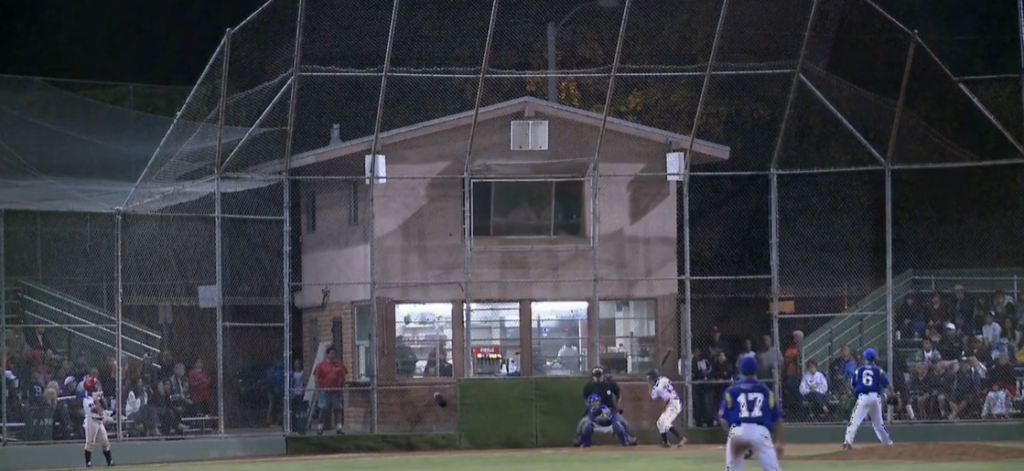
How Does The Catcher Get A Putout?
When a pitcher throws the ball, the catcher will try to catch it and then tag out a base runner or successfully throw out an opposing batter. This is known as getting a putout (PO). Generally speaking, when there is a successful throw from the catcher that leads directly to an out, this is considered a putout.
The official scorer must decide whether the PO should be assigned to the pitcher, infielder, outfielder or catcher depending on who made the play for the out. A putout can also happen if a fielder catches a fly ball without having it touch another player first, or if they catch a line drive and step on second or third base before the runner can get there. In some cases, such as double plays involving shortstops, a PO can be credited to multiple players.
The catcher is usually credited for the out if they catch a pop up or foul ball and make the tag on a runner. If there are no runners involved and the catcher successfully fields their position, they can still be credited with an out as long as it was not the result of an error.
In addition to putouts, catchers also record assists (A) when they throw the ball directly to another fielder who records an out from it, or when they tag a runner during a rundown between two bases. Catchers must wear protective gear at all times while playing in order to protect themselves from errant pitches, hits and throws made by opposing teams. This includes shin guards, a face mask, chest protector and a helmet with a throat guard. Catchers must have great hand-eye coordination and agility in order to catch pitches and make accurate throws, so they are an important part of any baseball team’s defense. [6]
FAQ
What is a PO vs A in baseball?
A PO, or Put Out, is a statistic in baseball that counts the number of batters or base runners who have been put out by a fielder. It is one of the most fundamental statistics in baseball and is tracked for all fielders on both offense and defense. A PO can be recorded when a fielder throws a ball to another fielder who catches it before the runner reaches the base safely; it can also be recorded when an outfielder catches a fly ball before it touches the ground; or when a fielder tags out a baserunner. An A, or Assist, is also tracked for fielders and denotes how many times they threw the ball successfully to another fielder resulting in an out.
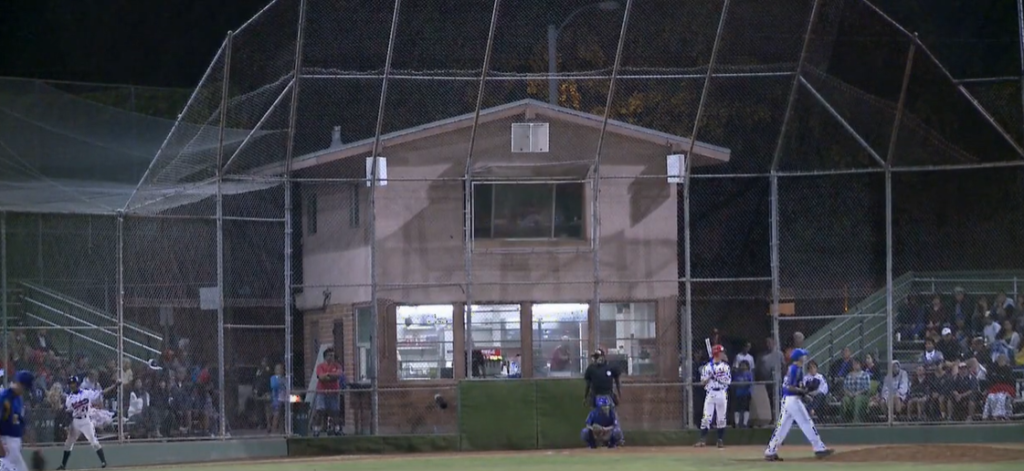
What does opp mean MLB?
OPP stands for On-Base Plus Slugging (OPS) in Major League Baseball. It is a statistic that combines a player’s on-base and slugging percentages to measure their overall offensive performance. It is widely used by baseball analysts as an indication of a batter’s offensive ability, as it takes into account both the number of times they reach base and how well they hit the ball when they do make contact with it. A higher OPS typically indicates better offensive performance, though it does not necessarily guarantee success in any particular game or season.
What does PA mean in baseball?
PA stands for Plate Appearance in baseball. It is an official statistic tracked by Major League Baseball which counts the number of times a batter steps up to the plate and either hits, walks or strikes out. A PA does not count if a batter is hit by a pitch, because that does not involve the player taking any action themselves. Plate appearances are important because they are used to calculate batting averages, on-base percentages and other offensive statistics. They can also be used to measure how effectively a pitcher has handled different batters during the course of a game or season.
What is BB in baseball?
BB stands for Base on Balls in baseball. It is an official statistic that records the number of times a batter has reached first base as a result of four balls being thrown by the pitcher. A BB does not count if the batter is hit by a pitch, or if they reach base on an error committed by a fielder. It is one of the most important offensive statistics tracked, as it indicates how effective batters are at getting on-base without having to swing the bat.
Useful Video: What is PO in baseball ? Baseball rules 2023
Conclusion
PO stands for putout, and refers to an out that is recorded by a fielder. This includes catches, tags, force-outs and ground balls that are thrown or caught with the intent of getting an out. Putouts are one of the three major defensive stats in baseball, along with assists (A) and errors (E). Together these help determine how effective a team’s defense is at their job. It also helps individual players see how well they are performing on defense. Knowing all this information can be beneficial when tracking your favorite player or team’s performance.
With PO being such an important statistic to keep track of in baseball, it is essential for fans to understand what it means and why it matters. Hopefully this article has given you a better understanding of what PO stands for and its role in the game.
Thanks for reading!
References:
- https://legionreport.com/what-does-po-mean-in-baseball/
- https://wezen-ball.com/what-does-po-mean-in-baseball/
- https://legionreport.com/what-does-po-mean-in-baseball/
- https://www.baseballbible.net/what-is-a-po-in-baseball/
- https://24hourtopics.com/what-is-po-in-baseball/
- https://www.nations-baseball.com/po-in-baseball/





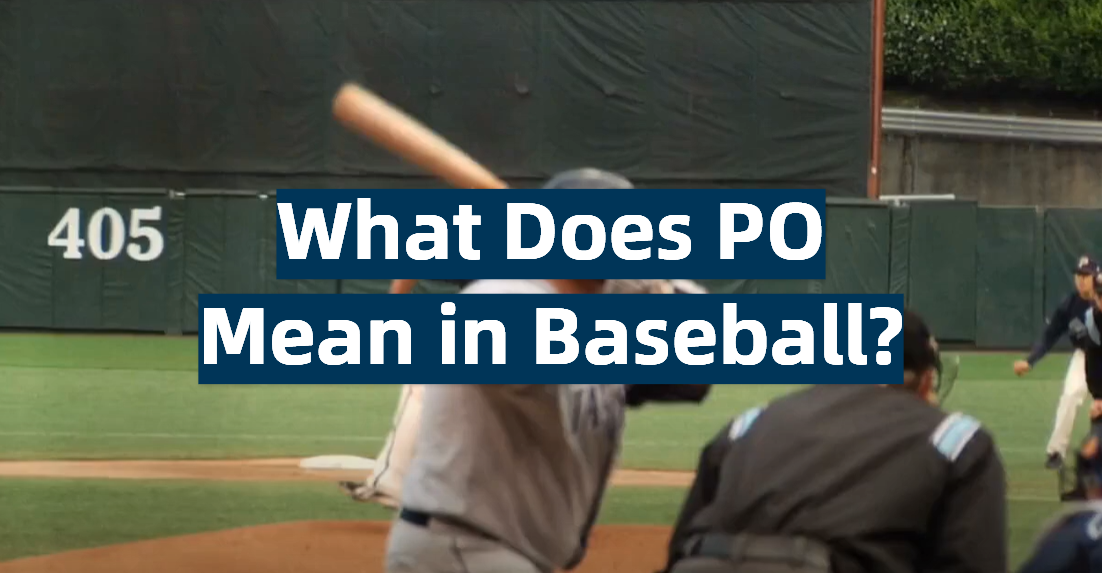
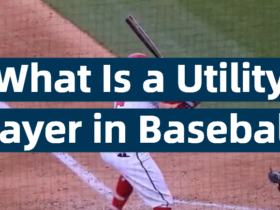


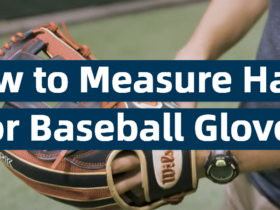
Leave a Review